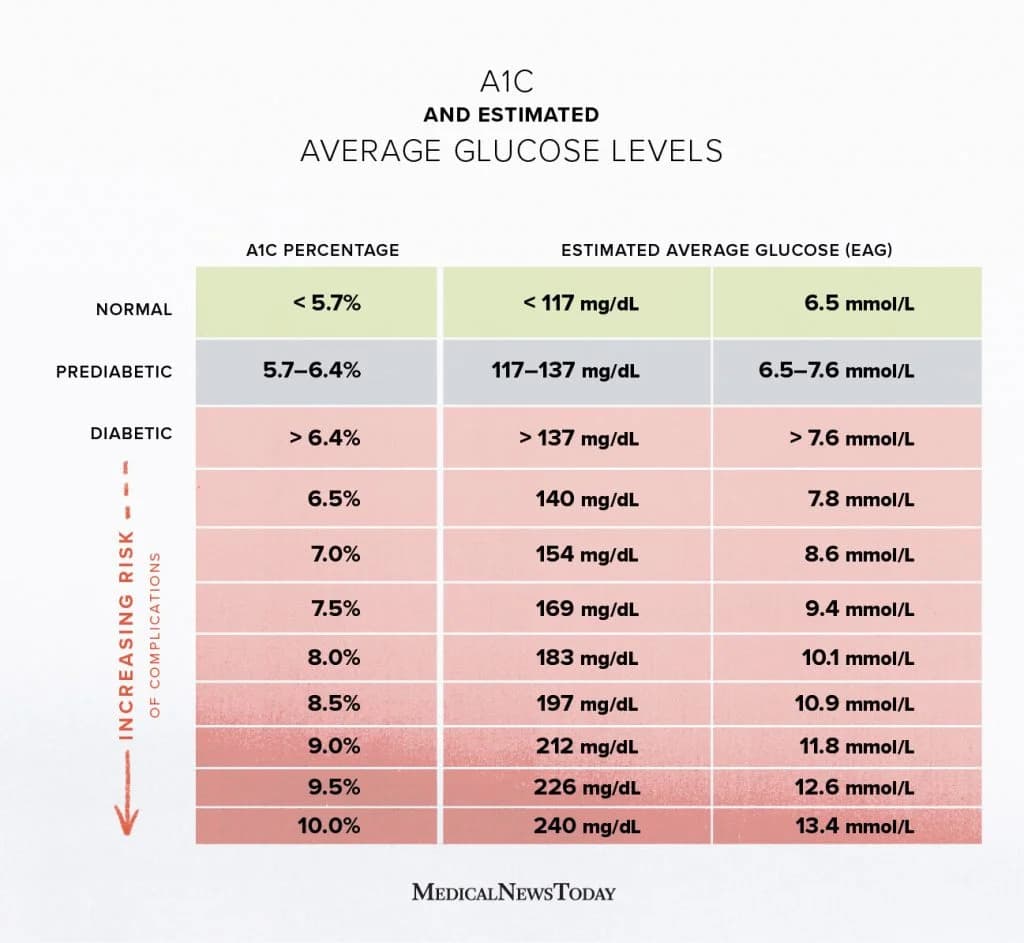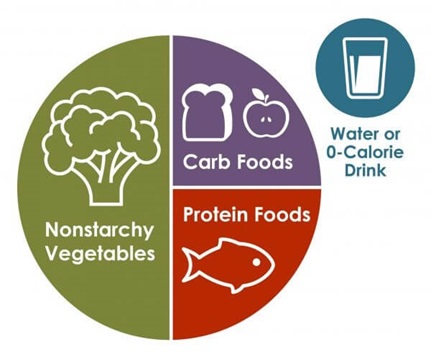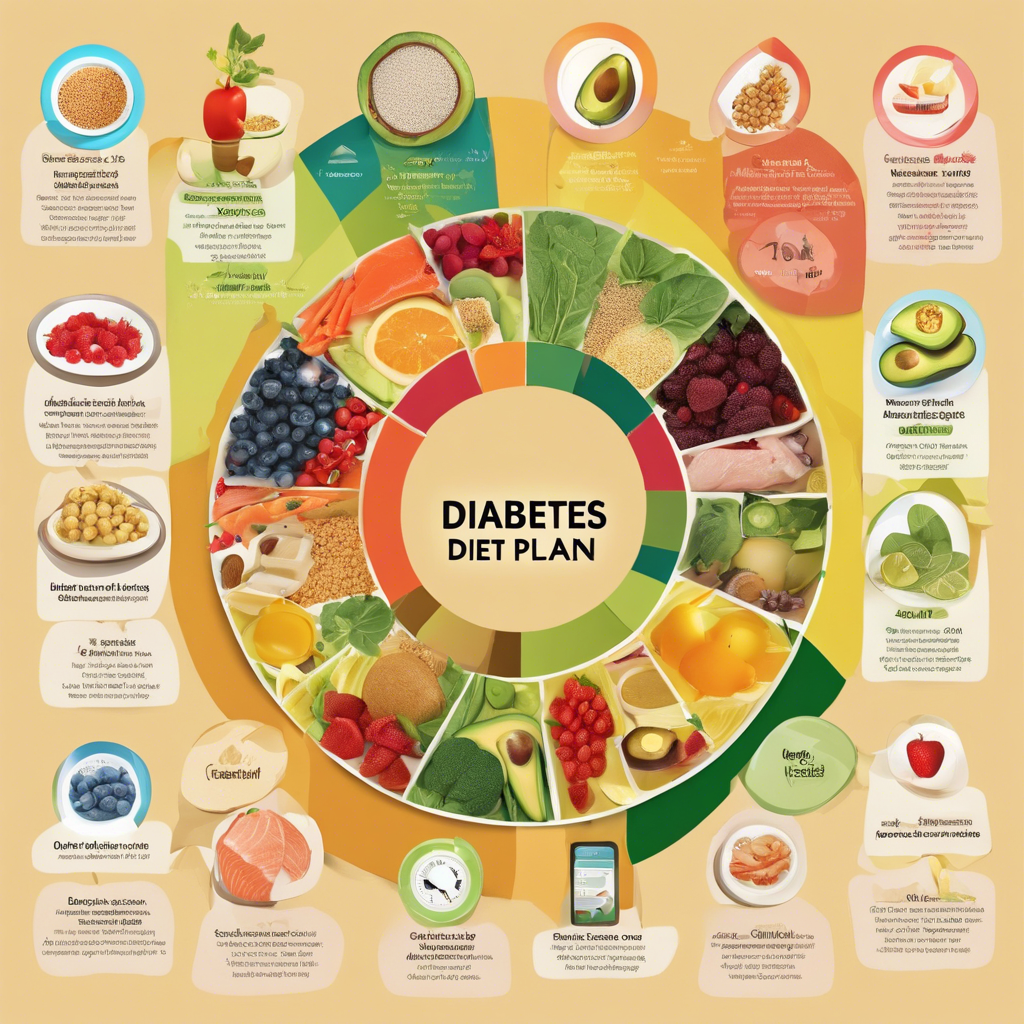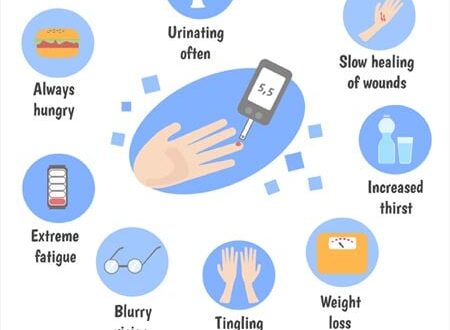Introduction to Diabetes Diet Plan
Understanding Diabetes and Pre-diabetes
Diabetes is a chronic condition that affects the body’s ability to regulate blood sugar levels. Pre-diabetes is a condition where blood sugar levels are higher than normal but not high enough to be diagnosed as diabetes. Both conditions require careful management, including following a healthy diet.Importance of Following a Healthy Diet
Following a healthy diet is crucial for individuals with diabetes or pre-diabetes. A balanced diet that is rich in fruits, vegetables, whole grains, lean proteins, and healthy fats can help regulate blood sugar levels, maintain a healthy weight, and reduce the risk of developing complications. It is important to work with a healthcare professional or a registered dietitian to create a personalized diabetes diet plan that meets individual needs and preferences.
Calculating Caloric Intake for Diabetics
Determining Daily Caloric Needs
To create a comprehensive diabetes diet plan, it is essential to determine an individual’s daily caloric needs. Factors such as age, gender, weight, height, and activity level play a role in determining these needs. Consulting with a registered dietitian or healthcare professional can help in accurately calculating the required caloric intake for managing diabetes.Adjusting Caloric Intake for Weight Management
For individuals with diabetes who need to manage their weight, it may be necessary to adjust their caloric intake. This may involve reducing the number of calories consumed, increasing physical activity, or both. By finding the right balance, individuals can achieve their weight loss goals while still maintaining stable blood sugar levels and overall health. Continuing to make informed dietary choices and working closely with healthcare professionals will contribute to successful diabetes management.
Top Food Choices for Diabetes Management
Including Vegetables in Your Diet
To effectively manage diabetes, it is crucial to include a variety of vegetables in your diet. Vegetables such as leafy greens, broccoli, and bell peppers are low in calories and high in fiber, which can help regulate blood sugar levels. They also provide essential vitamins and minerals. Incorporating vegetables into your meals can add flavor and texture while providing important nutrients for overall health.Monitoring Blood Sugar Levels with Proper Diet
Maintaining stable blood sugar levels is essential for diabetes management. By choosing the right foods, individuals with diabetes can effectively regulate their blood sugar levels. Opting for whole grains, lean proteins, and healthy fats can help maintain stable blood sugar levels throughout the day. It is also important to limit the intake of sugary and processed foods, as these can cause blood sugar spikes. Monitoring portion sizes and spacing out meals and snacks can also contribute to better blood sugar control. Remember to consult with a registered dietitian or healthcare professional for personalized dietary advice for diabetes management.
Subscribing to Diabetes-Friendly Recipe Channels
To make your diabetes management journey more enjoyable, consider subscribing to diabetes-friendly recipe channels on platforms like YouTube. These channels provide a wealth of information and inspiration for creating delicious meals that are suitable for individuals with diabetes. From quick and easy recipes to gourmet dishes, you can find a wide variety of options tailored to your dietary needs. These recipe channels often offer tips and tricks for managing your blood sugar levels while still enjoying flavorful meals. Subscribing to these channels can provide you with a constant source of new recipe ideas and keep you motivated on your diabetes management journey.Exploring Clean and Green Cooking Channels
If you are looking for recipes that focus on clean and green ingredients, consider exploring cooking channels that specialize in plant-based meals. These channels often provide a wide range of recipes that are not only diabetes-friendly but also packed with nutrients. By incorporating more fruits, vegetables, whole grains, and plant-based proteins into your diet, you can improve your overall health and manage your blood sugar levels more effectively. These channels offer creative ways to use plant-based ingredients and can inspire you to experiment with new flavors and cooking techniques.Learning from Plant-Centric Cooking Schools
To deepen your knowledge and skills in creating diabetes-friendly meals, consider enrolling in plant-centric cooking schools. These schools offer online courses and workshops that teach you how to prepare healthy and delicious plant-based dishes. You can learn various cooking techniques, ingredient substitutions, and meal planning strategies that specifically cater to individuals with diabetes. These courses provide valuable insights into the connection between food and blood sugar regulation, helping you make informed choices about your diet. By learning from plant-centric cooking schools, you can expand your culinary repertoire and gain the confidence to create nutritious meals that support your diabetes management goals.
Mastering Colorful and Nutritious Meals
Incorporating Vibrant Foods for Health Benefits
When it comes to creating diabetes-friendly meals, incorporating vibrant and colorful foods can have significant health benefits. Fruits and vegetables like berries, leafy greens, bell peppers, and sweet potatoes are rich in essential vitamins, minerals, and antioxidants. These nutrients can help boost your immune system, regulate blood sugar levels, and improve overall well-being. By adding a variety of colorful fruits and veggies to your recipes, you can create visually appealing and nutrient-packed meals that support your diabetes management goals.Preparing Protein-rich Dishes for Sustained Energy
Protein is an essential macronutrient that plays a crucial role in managing blood sugar levels and providing sustained energy throughout the day. Incorporating protein-rich foods like lean meats, poultry, fish, eggs, and plant-based proteins such as beans, lentils, and tofu into your meals can help stabilize your blood sugar levels and keep you feeling full for longer. By experimenting with different protein sources and incorporating them into your recipes, you can create delicious and balanced meals that support your overall health and well-being. Continuing on from the previous blog section, let’s dive deeper into how you can master colorful and nutritious meals that are suitable for diabetes management.Exploring Creative Cooking Techniques
One of the key aspects of creating colorful and nutritious meals is exploring creative cooking techniques. Instead of relying on traditional methods, try experimenting with grilling, roasting, stir-frying, or steaming your ingredients. These techniques can enhance the flavors and textures of your dishes without compromising their nutritional value. For example, oven-roasted vegetables are not only visually appealing but also retain more nutrients compared to boiled vegetables. By exploring different cooking techniques, you can add variety to your meals and make them more enjoyable to eat.Utilizing Fresh and Seasonal Ingredients
Another way to master colorful and nutritious meals is by utilizing fresh and seasonal ingredients. Fresh produce is not only tastier but also contains higher levels of essential nutrients. When ingredients are in season, they are also more affordable, making it easier to incorporate them into your recipes. By visiting local farmers markets or even growing your own fruits, vegetables, and herbs, you can access a wide variety of fresh and seasonal ingredients that can elevate the flavor and nutritional profile of your meals. Incorporating vibrant foods, preparing protein-rich dishes, exploring creative cooking techniques, and utilizing fresh and seasonal ingredients are all important steps in mastering colorful and nutritious meals for diabetes management. By incorporating these strategies into your cooking routine, you can create meals that are not only visually appealing but also support your overall health and well-being. So, get creative in the kitchen and start enjoying the benefits of delicious and nutritious meals today!
Facebook
Twitter
LinkedIn





